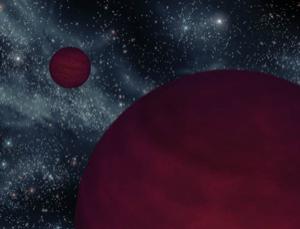
© Jo MarchantThe largest recovered fragment of the Antikythera mechanism, in the National Archaeological Museum in Athens.
Marcellus and his men blockaded Syracuse, in Sicily, for two years. The Roman general expected to conquer the Greek city state easily, but the ingenious siege towers and catapults designed by Archimedes helped to keep his troops at bay.
Then, in 212 BC, the Syracusans neglected their defences during a festival to the goddess Artemis, and the Romans finally breached the city walls. Marcellus wanted Archimedes alive, but it wasn't to be. According to ancient historians, Archimedes was killed in the chaos; by one account a soldier ran him through with a sword as he was in the middle of a mathematical proof.
One of Archimedes's creations was saved, though. The general took back to Rome a mechanical bronze sphere that showed the motions of the sun, moon and planets as seen from Earth.
The sphere stayed in Marcellus's family for generations, until the Roman author Cicero saw it in the first century BC. "The invention of Archimedes deserves special admiration because he had thought out a way to represent accurately by a single device for turning the globe those various and divergent movements with their different rates of speed," he wrote. "The moon was always as many revolutions behind the sun on the bronze contrivance as would agree with the number of days it was behind it in the sky."









Comment: Have you read Cosmic Turkey Shoot?